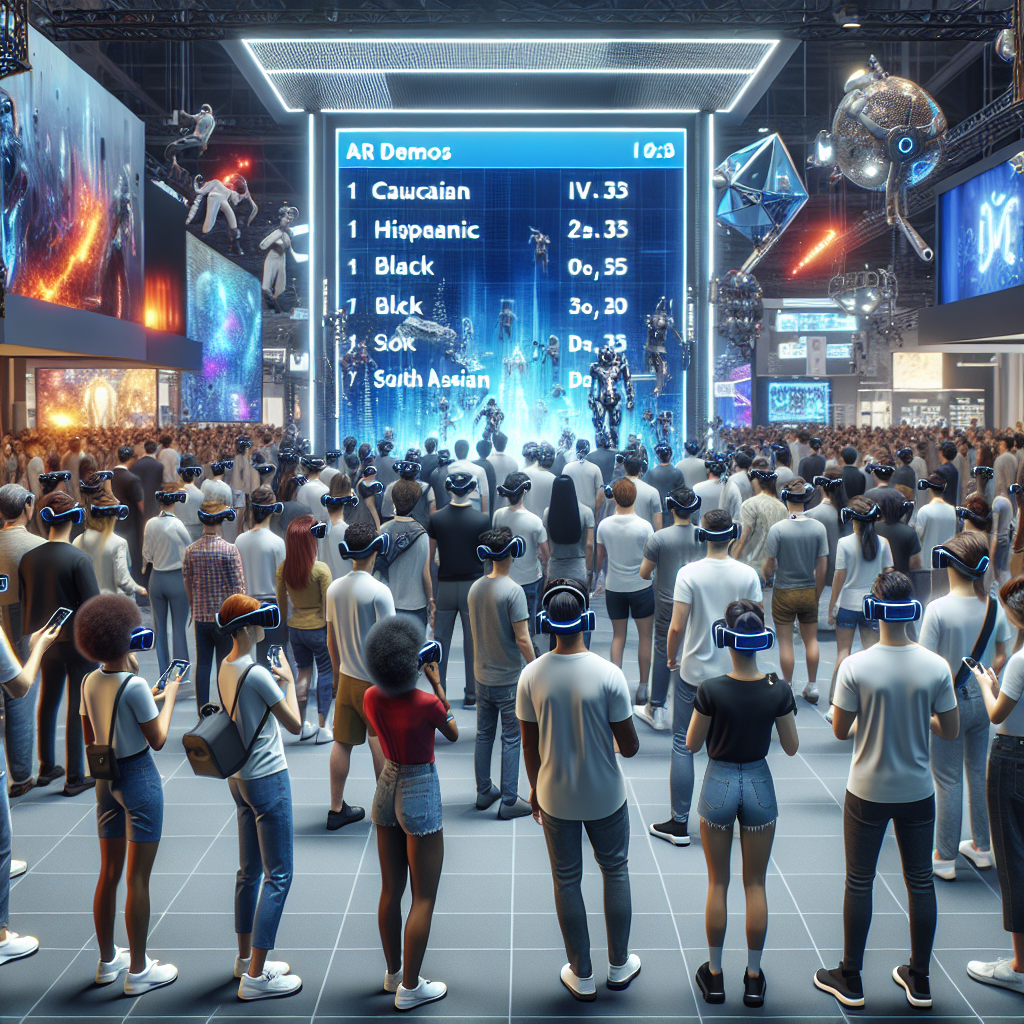Exploring the Innovations at Augmented World Expo: A Journey Through Emerging Technologies
The Augmented World Expo (AWE) has become a significant annual event for enthusiasts and professionals in the augmented and virtual reality (AR/VR) space. Held once again in Long Beach, California, this year’s expo showcased the latest advancements in AR, VR, haptics, and other immersive technologies. With a showroom floor bustling with innovative products, it’s no surprise that this event drew a substantial crowd eager to experience the future of tech.
Introduction to AWE
AWE is a pivotal conference focusing on immersive technologies, with a strong emphasis on creating new experiences through AR and VR. Although AI is not the primary focus, the intersection of these technologies showcases a promising future. For someone passionate about tech, such as myself, this expo provides an opportunity to dive into the latest innovations and see firsthand how far the industry has come.
From Last Year to This Year: The Progress
My curiosity this year centered around the progress made since last year's expo. In 2023, I was blown away by my first interactions with VR and AR headsets, like the Meta Quest Pro. Fast forward to this year, and while some improvements in VR headsets were noticeable, they were mostly marginal. For instance, the Meta Quest 3 offered slightly better pass-through capabilities but didn’t vastly outshine its predecessor.
However, the real leaps in innovation were observed in haptic devices and other wearables. These gadgets, designed to enhance VR immersion, marked significant strides in making virtual experiences more tangible and realistic. This is where I found the most excitement during the expo.
http://www.youtube.com/watch?v=Am5pUCxosk8
Noteworthy Innovations: Tap, Free Aim, and Yaw Devices
One standout product was the Tap bracelet, allowing intuitive control of the xReal Air glasses through hand gestures. This technology mimics the Apple Vision Pro’s gesture-based navigation. Despite some minor issues with sensor alignment, it felt like a substantial improvement for navigating virtual menus and environments.
Another intriguing innovation was Free Aim, which resembles roller skates and allows users to walk around in VR. Though time constraints prevented me from trying it firsthand, observing others demonstrated its practicality over bulky, stationary VR treadmills.
The YAHAW device provided a thrilling experience akin to riding a roller coaster. Designed for home use, this immersive gadget synchronizes with VR headsets to simulate various adventurous scenarios, enhancing the sensory experience beyond visual and auditory stimuli.
Haptics and Hoverboards: Elevating the Virtual Experience
SimTech’s hoverboard, resembling current two-wheeled hoverboards, initially caused disorientation due to its rapid movements and VR interaction. However, once accustomed, it offered an exhilarating way to navigate virtual environments. Combining gaming with physical movement, it provides a unique, engaging experience.
Haptics, known for its gloves that simulate tactile feedback in VR, continues to impress. Their gloves create a sensation of touch, adding a layer of realism to virtual interactions. Feeling textures and gripping objects, albeit through a low-level static shock sensation, enhances the illusion of physical presence in a digital world.
SpaceTop and New Headsets
SpaceTop, a monitor-less computer, leverages xReal Air Ultra glasses to create a 360° virtual desktop. This innovation is particularly beneficial for privacy in public spaces, allowing users to interact with multiple virtual screens without the need for physical monitors. It’s a promising step towards the future of personal computing.
Among the new headsets, Sony’s offering stood out with its impressive virtual reality capabilities, despite not confirming the presence of pass-through. The Pico headset also left a strong impression, particularly with its fitness-oriented games that provided an unexpectedly intense workout. Lastly, the Magic Leap headset excelled in augmented reality, seamlessly blending digital elements into the real world, albeit with a noticeable processing pack.
Panel Insights: Palmer Luckey and Bigscreen’s Innovations
A highlight of the expo was a panel featuring Palmer Luckey, the original inventor of the Oculus Quest. Alongside a representative from Bigscreen, Luckey discussed advancements in VR technology. Bigscreen's new headset, small enough to fit in a tube, showcased a leap in portability and convenience for VR devices.
Conclusion
The Augmented World Expo of 2024 underscored the rapid advancements in AR, VR, and haptic technologies. While VR headsets exhibited incremental improvements, the most exciting innovations came from enhanced haptic feedback devices and wearables that deepen immersive experiences. Products like the Tap bracelet, Free Aim skates, YAHAW device, and SimTech hoverboard exemplify the creative strides being made in this space.
For enthusiasts and professionals alike, AWE continues to be a cornerstone event, offering a glimpse into the future of immersive technologies. Whether you’re a tech aficionado or simply curious about the potential of AR and VR, the innovations showcased here are sure to captivate your imagination.
For more insights into these emerging technologies, you can explore AR Post for detailed articles and updates.
If you missed the event or are curious about my experiences from last year, you can find the video here:
http://www.youtube.com/watch?v=Am5pUCxosk8
As the landscape of AR and VR continues to evolve, events like AWE serve as a reminder of the boundless potential and exciting future that lies ahead. Stay tuned for more updates and innovations as the frontier of immersive technology expands.
